Evolution of Cricket Ball
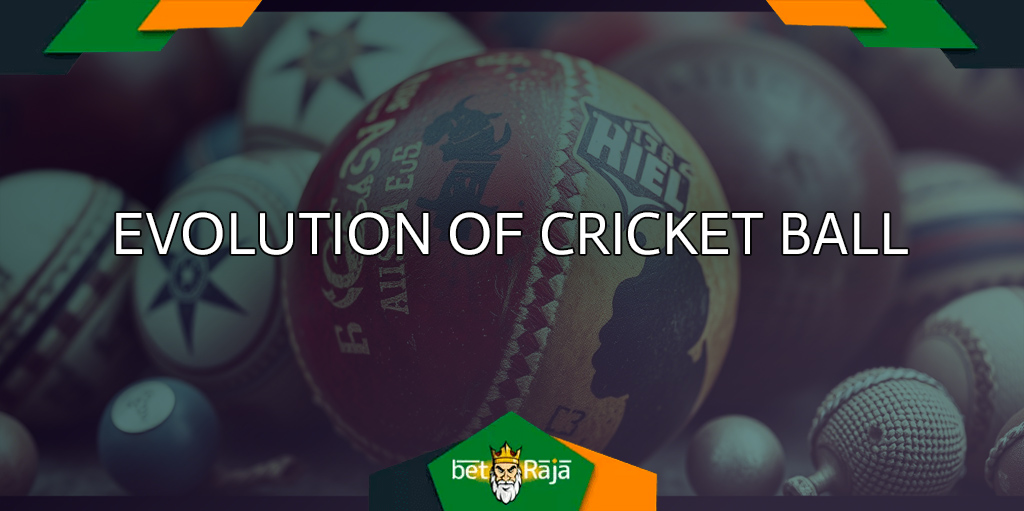
The cricket ball evolution has transformed not just its external design but also the craftsmanship, materials, and technology behind its creation. This has significantly advanced the comfort of athletes. The changes are driven primarily by the need to accommodate various formats and adapt to competitive conditions.
One of the most significant changes in cricket has been the evolution of ball colors. Traditionally, Test matches have always been played with red cricket balls. White balls were introduced in many formats, including limited-overs cricket, because of their better visibility under spotlighting. The pink cricket ball used to play, first in the World Series Cricket, marked another milestone. Ultimately, each variation has its own history, purpose, advantages, and challenges. This article delves into the cricket ball evolution, tracing its origins and examining the key advancements that have shaped the modern game.
History of Cricket Ball
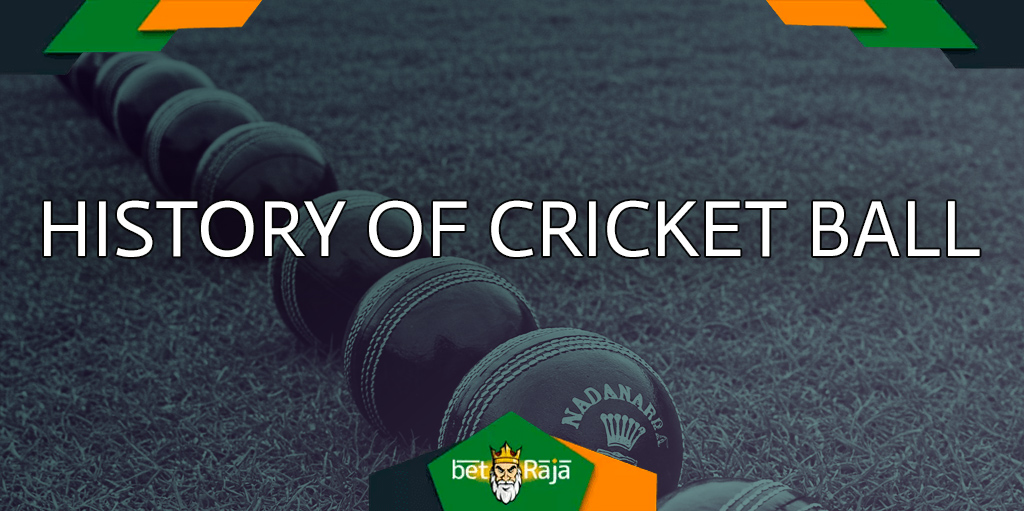
The evolution of cricket ball starts back in the 16th century, when they were handcrafted with varying shapes and sizes, lacking consistency. The first recorded cricket ball manufacturer was based in England, and later, the royal patent for their cricket balls was granted, which was named the British Standard BS 5993. The patent for cricket balls played a key role in shaping the laws of cricket, mandating that a new cricket one ball must be used at the start of each innings in Test matches. Additionally, the ball can be replaced after 80 overs, depending on condition of the ball.
During the 18th century, cricket balls from King George era became the benchmark for professional cricket. The introduction of regulations led to a structured process to manufacture cricket balls, with specifications on size, stitching, and materials. Over the years, cricket ball designs evolved, introducing innovations such as the first standardized hard ball for professional matches and the tape ball for informal games. These advancements laid the foundation for modern cricket ball manufacturing, shaping the designs still used today.
The introduction of the white cricket ball in 1971 marked a pivotal moment in the sport, debuting in one-day matches to enhance visibility under floodlights. This innovation replaced the traditional red ball and set the stage for further advancements. In modern day-night test cricket matches, the use of the Kookaburra pink ball has continued to revolutionize the game, blending tradition with innovation to meet the demands of contemporary cricket.
Throughout history, different balls used in international cricket matches have been developed to suit varying playing conditions. The constant competition between brands such as SG, Dukes balls and Kookaburra ball for the market of bowlers and batsmen around the world gives rise to a wide range of competitive products.
Who invented the Cricket Ball?
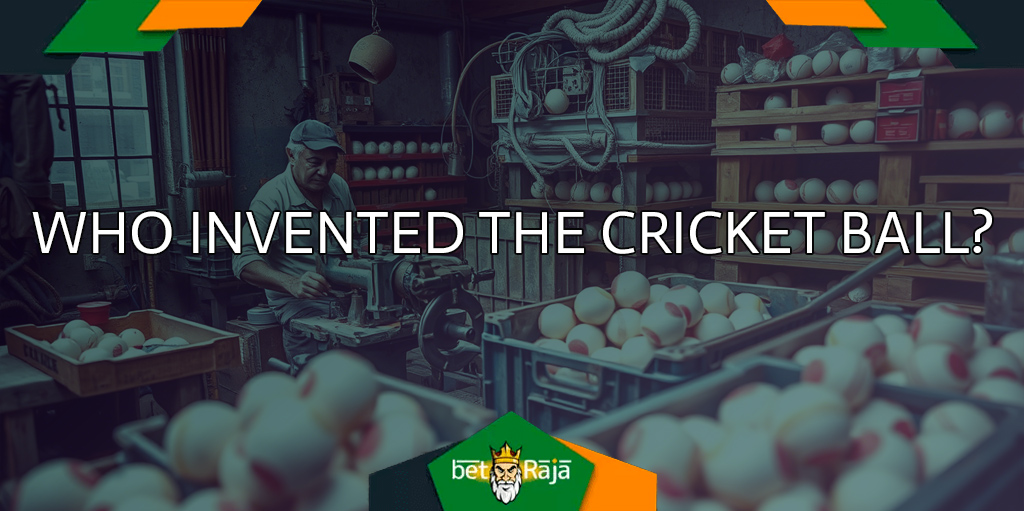
The invention of the cricket ball cannot be attributed to any single individual. The evolution of the cricket ball can be traced back to the period between 1760 and 1841 and to the activities of an English craftsman in charge of the Duke family’s small manufactory in England.
For a long time, the focus in the development of cricket equipment was on bats, and with it, the leather cricket ball remained virtually untouched. Nowadays, with the development of production facilities, supplier companies have improved the design for many formats.
In different countries where cricket is played, there is a special loyalty to local products. For example, in England, Dukes and SG balls are favored, and in cricket Australia, Kookaburra balls are used in both Test and limited overs.
Origins of the Cricket Ball
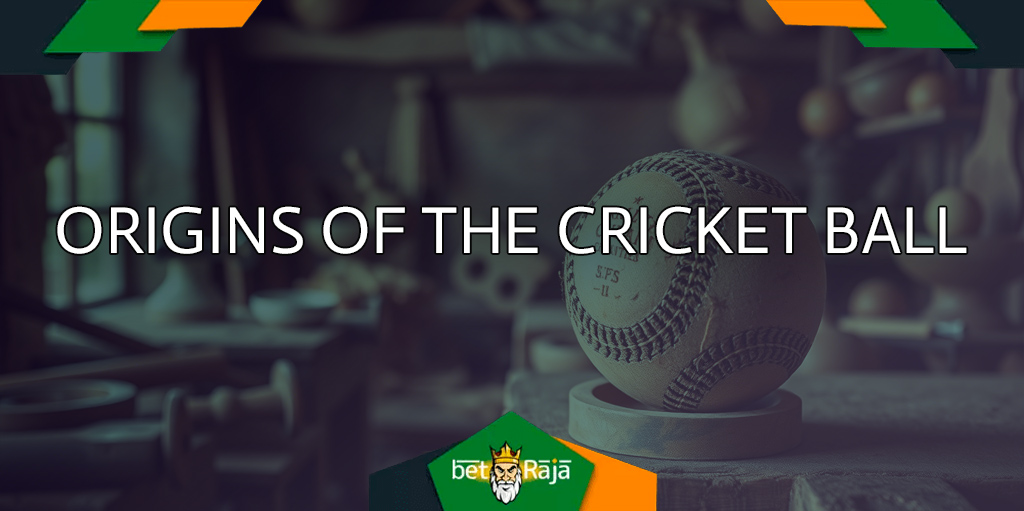
The motherland of cricket is southeastern England, where the sport expanded throughout the world from the 19th century to the present day. Together with the sport, the cricket ball has come a long way since its inception.
It all started with simple balls made by hand from an improvised raw material in the English countryside in 16th century. Leather was carefully crafted into a ball shape and filled with materials like cork or wool to complete its form. Because there was no set size and the whole process was done by hand and measured without special tools, each piece differed in size. This had a significant impact on the course of the match. While the process has remained largely unchanged for centuries, advancements in materials and manufacturing techniques have greatly enhanced the ball’s strength and stability.
Nowadays, cricket balls are made from high-quality leather that undergoes a stringent selection process to ensure uniformity and durability. The stitching is also done using advanced machinery, allowing for accurate placement and stronger seams. This level of precision has had a significant impact on the sport, eliminating the issue of inconsistent ball sizes and ball tampering, improving the overall quality of play.
Red, White, and Pink Colors
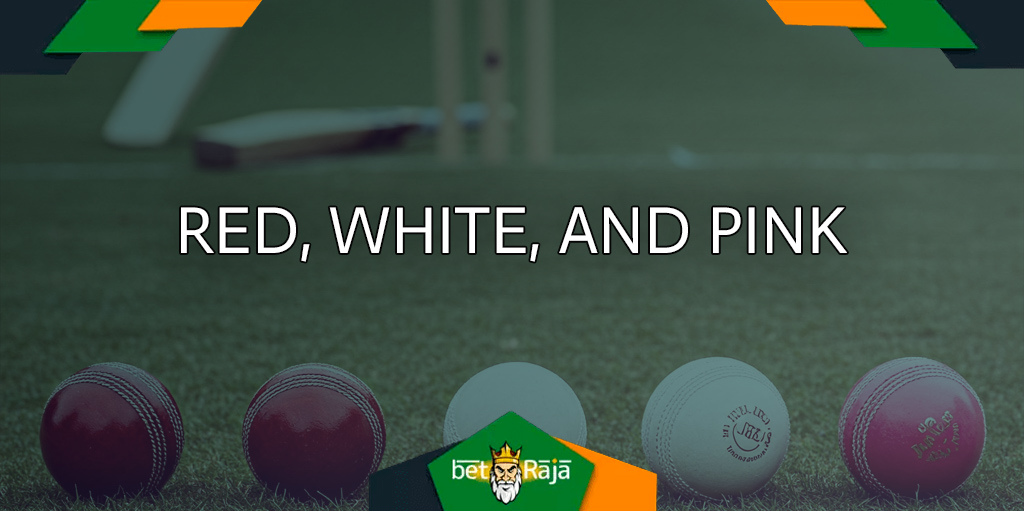
Each ball colour correlates to specific technical parameters that are applicable in the specific conditions dictated by the match format. Red balls are preferred for longer formats, while white cricket balls suit limited-overs matches. The pink ball was introduced for day-night tests, balancing durability and visibility. The table below highlights their key differences.
| Color | Usage | Characteristics |
|---|---|---|
| Red Ball | Test Matches, First-Class Cricket | Offers durability, and retains shine for longer periods. |
| White Ball | One-Day Internationals (ODIs), T20 Cricket, Cricket World Cup | Improves visibility under lights and offers greater swing during the initial overs compared to a similar ball thrown by a fielder. |
| Pink Ball | Day-Night Tests | Retains shine longer than a white ball, and provides good visibility under lights. However, it can be challenging to see under natural light conditions. |
Which animal skin is used in cricket balls?
The structure of a cricket ball, as it has been known since early times, consists of several layers: a core of either cork or wool, a rope wrap, and a leather-bound outer layer. Typically, the base is ox skin, which is put through a tanning process to prevent rapid wear and provides durability and a strong grip.
How many types of cricket balls are there?
The balls implemented in official professional cricket matches can be divided into three main categories: Dukes Ball – common among leagues in England and the West Indies, known for its bright and distinct flight path and ease of swing. Kookaburra Ball – characteristic of Australian and South African championships, those cricket balls used in international matches and are known for their good bounce and predictable trajectory. SG ball – used mainly in India, characterized by a softer skin for better grip and spin. Every single type of ball has a range of strengths that make it stand out from the rest and dictate the popularity of its choice depending on the specific situation.
Which single ball is used in IPL?
According to the standards and conditions of IPL matches, as well as in the T20 league, the white ball from Kookaburra is suitable for its excellent visibility under stadium illumination.
What is the weight of the IPL ball?
The MCC is the body that regulates the standards and rules for all cricket matches worldwide, including the IPL. According to their regulations, the weight of the ball varies from 155.9 to 163 g (5.5 to 5.75 ounces). These standards ensure the integrity of the competition. The difference between the weights of different balls affects their bounce and swing behavior.




